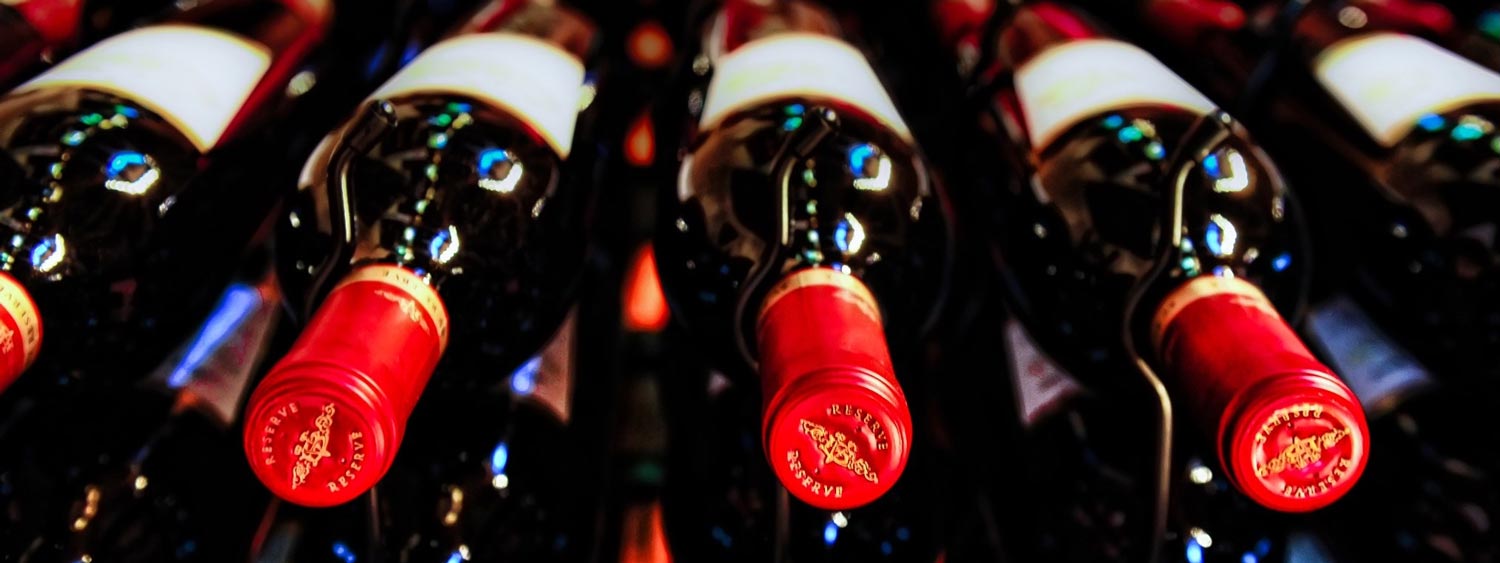
Storing fine wine is viewed as an art form in many quarters. The many nuances of heat and light can have a big impact on the maturation of a fine vintage, and more than a few collectors will have opened a bottle many anticipation-filled years after purchase only to discover the wine isn’t quite up to scratch. So if you purchase wines with the view to maturing them in the long-term, it’s certainly worth investing in professional-grade storage.
If, however, you’re planning on drinking your wine in the foreseeable future (and remember that most wines are best enjoyed within a few years of release anyway), it can be more straightforward keeping them at home, even if you don’t have a cellar. Here’s how.
1) Temperature
There are several factors to consider when you’re storing wine at home, but temperature is the most important. Anything higher than 21°C (average room temperature) will age a wine much more quickly than you want, and can lead to flat flavours and aromas – between 8°C and 18°C is preferable (with 12°C close to ideal).
Don’t keep wine in the fridge for more than a few months – the lack of moisture could cause corks to dry out, which could let air in to the bottle and cause oxidation.
2) Location, location, location
Avoid keeping wine anywhere that’s susceptible to extreme or frequent temperature changes. So that rules out the kitchen, utility room or an unheated garage, and certainly anywhere near radiators. Under the stairs is usually a good spot, or an unheated cupboard elsewhere in the house. Aim for consistency.
3) Light
Light can also cause problems for long-term storage, particularly sunlight, which can degrade and prematurely age wine. This is why vintners use coloured glass bottles – it helps protect the contents. So keep wine well away from sunny spots. Most household lightbulbs won’t cause any issues beyond fading labels, but steer clear of fluorescent bulbs, which can emit small amounts of ultraviolet light.
4) Humidity
In short, don’t worry about humidity (unless you’re laying down bottles for more than a decade, in which case we’re back to the matter of professional storage). While it is indeed the case that dry air can cause corks to shrink and let air into the bottle, thereby spoiling the wine, this is unlikely to happen to you unless you live in a desert.
Between 50% and 80% humidity is considered optimal. Placing a bowl of water near the wine can boost levels, while a dehumidifier can rectify any overly damp conditions which won’t affect the wine but can damage labels.
5) Positioning
Conventional wisdom has always dictated wine bottles be kept on their sides, as this keeps liquid against the cork, which should stop it from drying out. But if you’re planning on drinking the wine within the next couple of years, or if the bottle has an alternate closure such as a screw cap or plastic cork, then this isn’t necessary – storing the bottles vertically won’t cause any harm. However, keeping them horizontal is definitely the most space-efficient way to store them.
6) Upgrade
If you’re struggling to find the right storage spot, or you have bottles you’re particularly keen to protect but don’t want to pay for professional storage, you might consider investing in a standalone cooling unit designed specifically for wine. There’s a huge number of options available on the market, some very reasonably priced. As a rule of thumb, if the cost of a cooling unit represents less than 25% of your annual wine-buying budget, it might be time to consider an upgrade. Always choose a unit with a higher capacity than you think you’ll need – accumulating wines can become addictive!